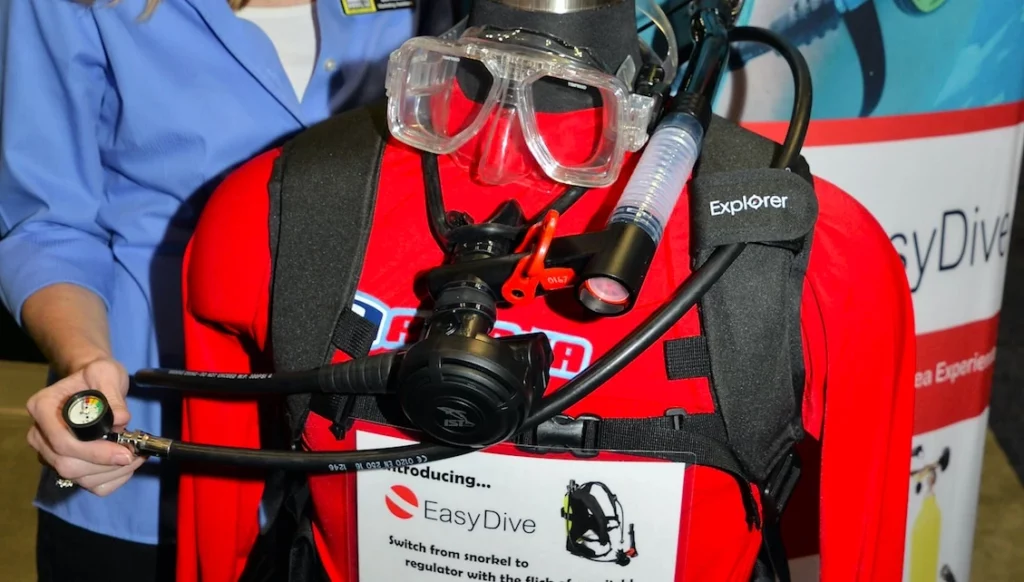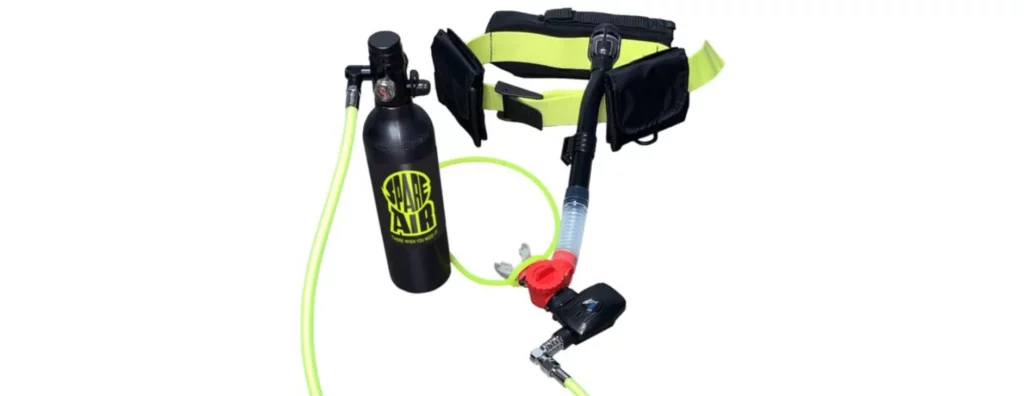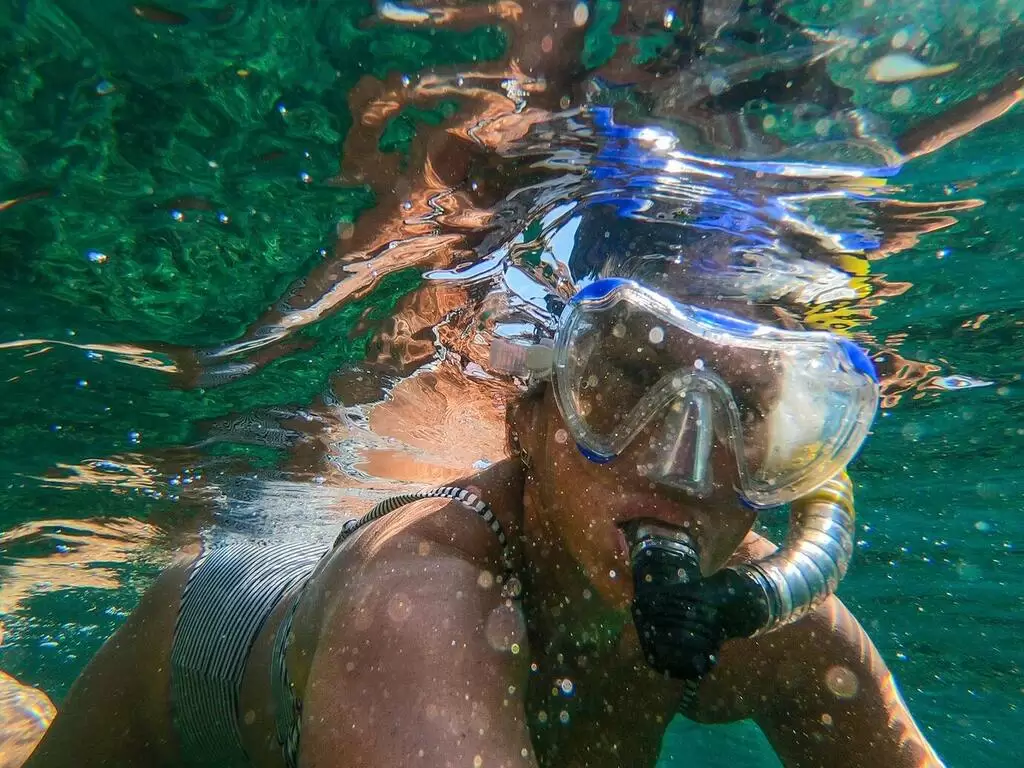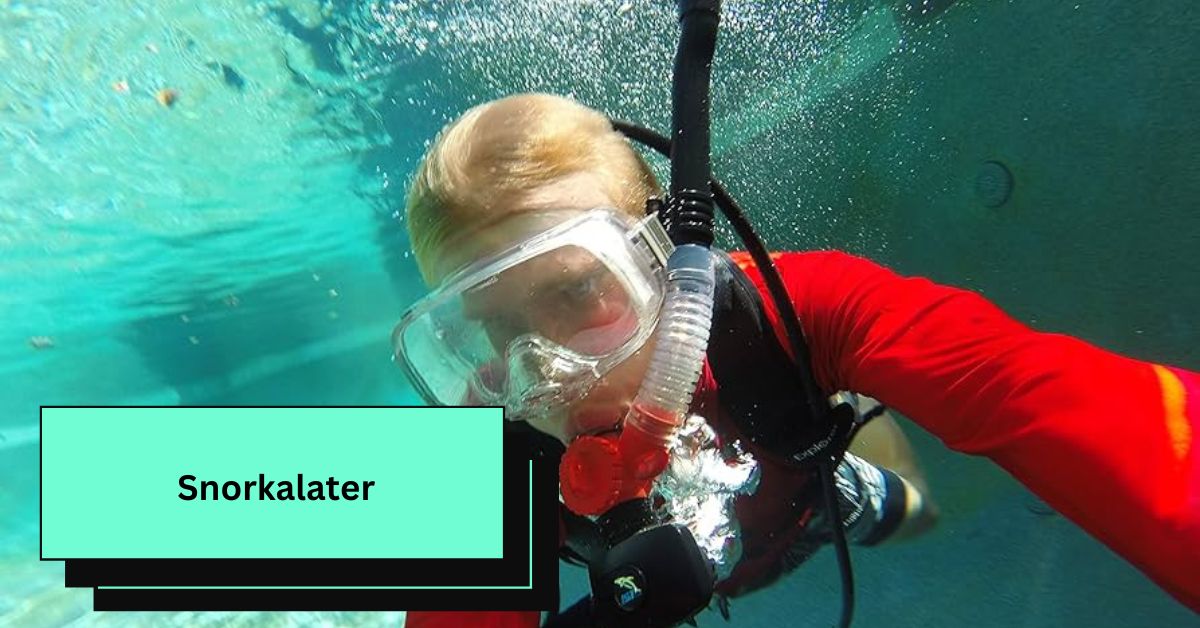Snorkalater was a game-changer. Switching from regulator to snorkel was effortless, making my dives safer and more enjoyable. Its clever design simplified my underwater excursions, allowing me to focus on the wonders beneath the waves.
“Snorkalater” is a term for devices that help you breathe underwater, like in snorkeling or submarines. They make it easier and safer to explore the ocean. Snorkalater are designed to let air flow smoothly, so you can enjoy your underwater adventures.
In this article, we discuss the concept of Snorkalaters, which encompass various mechanical arrangements for conveying gases or fluids underwater. We explore the evolution of snorkeling gear and how Snorkalaters have revolutionized the underwater experience.
Snorkalater – What Is It!
Snorkalater, a term encompassing various mechanical arrangements for conveying gases or fluids, is a crucial tool for underwater adventurers. From the breathing tubes used in snorkeling to the complex systems in submarines, Snorkalater plays a pivotal role in exploring the depths of the ocean. In this article, we will discuss the diverse applications of Snorkalater and unravel the intricacies of its different types.
In more advanced applications, such as those found in submarines, Snorkalater systems are integral to the functioning of the vessel. These systems are responsible for supplying fresh air to the crew, removing carbon dioxide, and regulating the pressure inside the vessel.
The design and components of Snorkalater systems can vary widely depending on the specific application. However, they all share the common goal of facilitating the conveyance of gases or fluids in an efficient and controlled manner.
How Snorkalaters Work – Here To Know!

Snorkalaters work by providing a continuous flow of gases or fluids to the user, allowing them to breathe or convey substances underwater. These systems typically consist of tubes, valves, and connectors that work together to facilitate fluid transport mechanisms.
In the context of snorkeling, a snorkel functions as the main tube through which air is drawn in and exhaled.
The snorkel may feature a dry top that prevents water from entering the tube while submerged. When the user inhales, the intake valve opens, allowing fresh air to enter the tube. When exhaling, the exhaust valve opens, releasing the used air.
These systems utilize a series of valves and filters to regulate the flow of air and maintain safe pressure levels inside the vessel.
Overall, Snorkalaters work by utilizing carefully designed pathways and components to ensure the efficient and controlled conveyance of gases or fluids, enabling users to breathe or transport substances underwater safely and effectively.
Read: Msn Crime – Discover More In Detail!
The Evolution Of Snorkeling – Lets Discover The Snorkalater!
The evolution of snorkeling gear, including the development of the Snorkalater, has been a fascinating journey. Snorkeling, which involves swimming underwater while breathing through a tube, has ancient origins. Early snorkelers used hollow reeds as breathing tubes, a precursor to the modern snorkel.
Over time, as technology advanced, snorkels became more refined, with innovations like the addition of a purge valve to clear water from the tube.
The Snorkalater, a term encompassing various mechanical arrangements for conveying gases or fluids, revolutionized the snorkeling experience.
With the Snorkalater, snorkelers can breathe more easily and explore underwater environments with greater comfort and safety.
The Snorkalater’s design has continued to evolve, with features such as dry tops to prevent water entry and improved materials for durability. Today, the Snorkalater is an essential piece of equipment for snorkelers of all levels, enabling them to enjoy the beauty of the underwater world with ease.
The Importance Of Proper Equipment – Tips How To Follow!

Having the right equipment, including a reliable Snorkalater, is crucial for a safe and enjoyable snorkeling experience. The Snorkalater plays a critical role in facilitating underwater exploration by enabling snorkelers to breathe effortlessly while keeping their faces submerged.
It ensures proper airflow, minimizing the risk of water seeping into the breathing tube. Additionally, the Snorkalater provides a secure fit, preventing water from entering the mask and ensuring clear visibility.
Investing in high-quality snorkeling equipment, including a dependable Snorkalater, is essential for maximizing your enjoyment and safety while exploring the wonders beneath the waves.
Types Of Gases And Fluids Conveyed – You Should Know!
Snorkalaters are capable of conveying various types of gases and fluids to meet different needs in diverse contexts.
Primarily, they are used to convey breathable gases like air, allowing snorkelers and divers to explore underwater environments while maintaining a continuous source of oxygen.
In industrial settings, Snorkalaters are used to transport a wide range of fluids, including water, chemicals, fuels, and even hazardous substances.
Each substance may require specific considerations in terms of material compatibility, pressure capacity, and flow dynamics. Snorkalaters are versatile tools that can be adapted to convey different types of gases and fluids, making them essential for a wide range of applications.
Snorkalaters are essential tools in industries such as manufacturing, petrochemicals, and water treatment, where the reliable conveyance of fluids is critical for operations.
The Inner Workings Of Snorkel Systems – Discover The Snorkalater!

The inner workings of snorkel systems are quite fascinating. At the heart of these systems are components like intake valves, which allow the entry of gases or fluids, and exhaust valves, which release used gases or fluids.
The main tube serves as the conduit for the conveyance of gases or fluids, designed to optimize airflow while minimizing resistance.
Additional chambers or extensions may be present to enhance functionality, providing increased volume for breathing or facilitating the collection and transport of specific fluids. These components work together seamlessly to ensure the smooth flow of gases or fluids, making underwater exploration safe and enjoyable.
Now that we have explored the inner workings of snorkel systems, let’s move on to the next section to learn about the wide range of gases and fluids that can be conveyed using these mechanisms.
Read: Innovative Development Company – Discover Custom Solutions!
Frequently Asked Question:
1. How do I choose the right Snorkalater for my needs?
When choosing a Snorkalater, consider factors such as comfort, fit, durability, and special features like dry tops or purge valves. It’s also important to choose a Snorkalater from a reputable brand to ensure quality and reliability.
2. Can I use a Snorkalater for scuba diving?
While Snorkalaters are primarily used for snorkeling, there are some models designed for use with scuba diving regulators. However, it’s important to check the specifications of the Snorkalater and ensure that it is suitable for scuba diving.
3. Can children use Snorkalaters?
Yes, there are Snorkalaters designed specifically for children, with smaller sizes and features to ensure a comfortable fit. It’s important to supervise children closely when snorkeling and ensure they are using the Snorkalater correctly to prevent accidents.
4. How do I maintain and care for my Snorkalater?
To maintain your Snorkalater, rinse it with fresh water after each use and allow it to dry completely before storing. Avoid exposing it to direct sunlight or extreme temperatures, as this can damage the materials. Regularly check and replace any worn or damaged parts to ensure optimal performance.
Conclusion:
In conclusion, Snorkalaters are essential tools for underwater adventurers, providing a seamless and safe way to breathe while exploring the ocean depths. From snorkeling to complex submarine systems.
Read:

